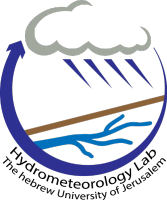Quade J, Dente E, Armon M, Dor BY, Morin E, Adam O, Enzel Y.
Megalakes in the Sahara ? A Review. Quaternary Research. 2018 :1–23.
AbstractThe Sahara was wetter and greener during multiple interglacial periods of the Quaternary, when some have suggested it featured very large (mega) lakes, ranging in surface area from 30,000 to 350,000km2. In this paper, we review the physical and biological evidence for these large lakes, especially during the African Humid Period (AHP) 11–5 ka. Megalake systems from around the world provide a checklist of diagnostic features, such as multiple well-defined shore- line benches, wave-rounded beach gravels where coarse material is present, landscape smoothing by lacustrine sediment, large-scale deltaic deposits, and in places, tufas encrusting shorelines. Our survey reveals no clear evidence of these fea- tures in the Sahara, except in the Chad basin. Hydrologic modeling of the proposed megalakes requires mean annual rain- fall ≥1.2 m/yr and a northward displacement of tropical rainfall belts by ≥1000 km. Such a profound displacement is not supported by other paleo-climate proxies and comprehensive climate models, challenging the existence of megalakes in the Sahara. Rather than megalakes, isolated wetlands and small lakes are more consistent with the Sahelo-Sudanian paleoenvironment that prevailed in the Sahara during the AHP. A pale-green and discontinuously wet Sahara is the like- lier context for human migrations out of Africa during the late Quaternary.

